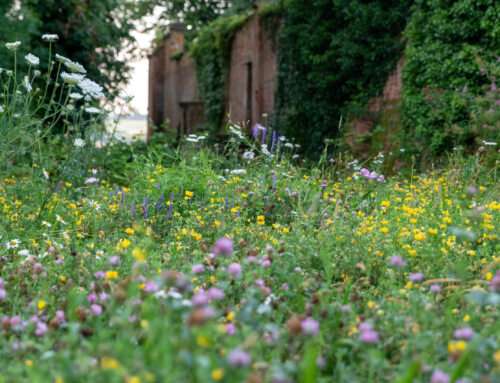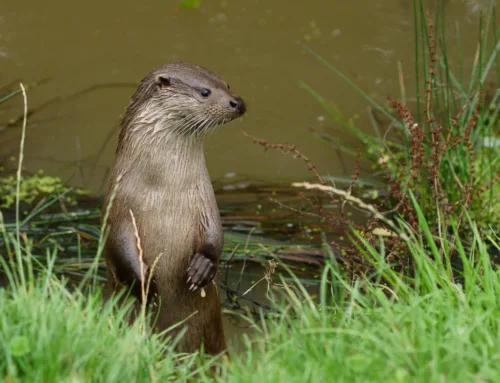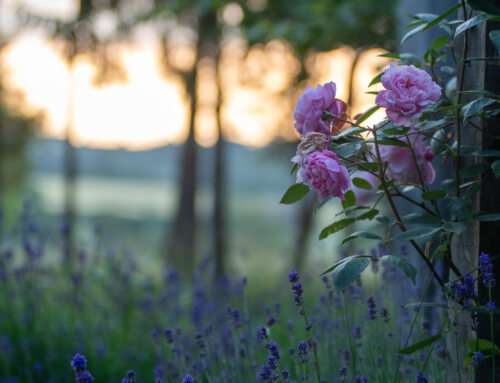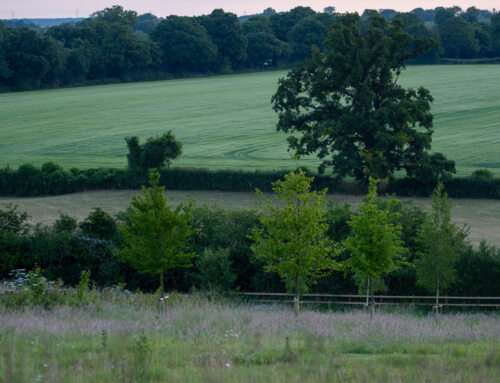The History of Trees

By Libby Reeves, Head of Horticulture
I have been studying trees and plants in scientific formats for many years, particularly their growth habit, how they have evolved and why they are here. This is something I feel well-versed in and have written about on several occasions. I fell in love with plants through my scientific understanding so when Liz Nicholson gave me a book called ‘To Speak For the Trees’ (Diana Beresford-Kroeger) which talks of trees primarily from an Irish druid’s perspective, I felt my scientific understanding being challenged somewhat. This book highlighted some of the history and the uses of these trees in ways I hadn’t really considered, prompting further research which I hope you find interesting and illuminating.
The following comes from my research into the history and uses of trees and is not to be considered medical advice. This should primarily come from a doctor or other medical practitioner who has been trained to do so.
Birch – Betula – Beith
The birch tree is known in most circles for having a creamy light, often white, peeling bark. The final colour and level of peeling are very much species-specific, but in general, birches have beautiful bark. The peeling has given way to the use of this tree for paper in many ancient cultures as well as in modern times. The tree is considered feminine. In Slavonic mythology, it is related to the goddess Leli, who personified youth, beauty, spring and first love. It is called the lady tree in Celtic cultures; its name ‘Beith’ translates to ‘the meaning of life’. The birch is the tree of fertility and health. The tree has many uses: sap can be collected from the trunk, in a similar way to Acer saccharum for maple syrup. Many cultures have used the tree for its antiseptic properties too, from wrapping the bark around minor wounds to drinking the leaf tea as a cure for urinary tract infections. Tar has been made from the sap which was used as a lubricant for mechanical situations, particularly when the mechanics were made from wood.
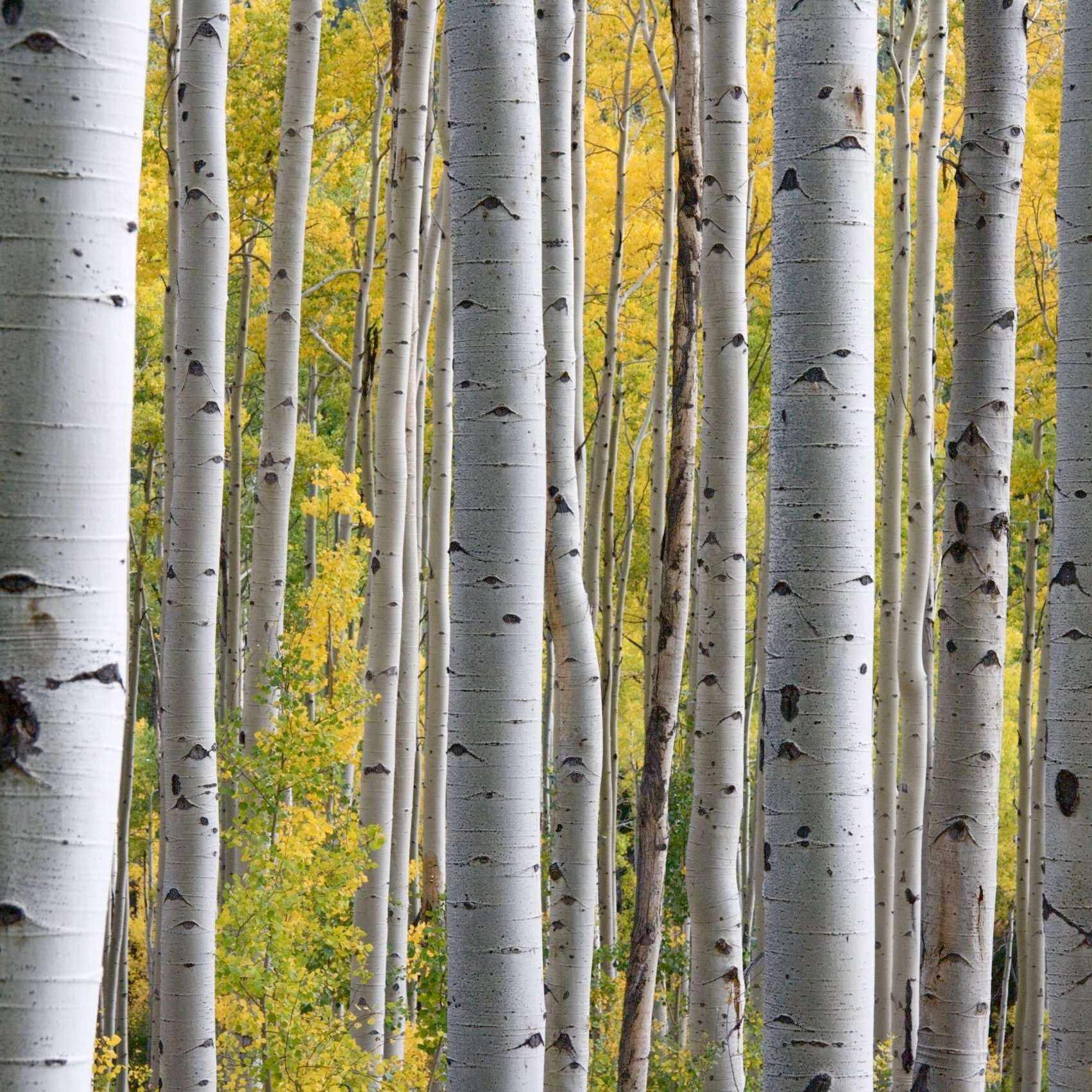

Oak – Quercus robur – Dair
The naming of Quercus robur is debated by many due to the tradition of referring to this tree as the ‘English Oak’. As this tree grows widely all over the world, suggesting that it belongs to ‘England’ seems a little unfair, so ‘Pedunculate oak’ is more commonly used, similar to the French ‘chêne pédonculé’ which describes the slightly foot-shaped leaves. There are many other species of oak, each with its own unique specialisms that have been treasured and loved by all globally. However, it is considered that the largest quantity of ancient oak trees is in England as this tree is known to live over 1000 years old. The density is possibly due to the preservation of medieval parks which are protected by the landed gentry all over the country. Going further back in time, the evolutionary evidence suggests that we have used it widely but have also protected it during our own development. Back in the hunter-gatherer times, the acorns would have been a good source of protein (different digestive systems – DON’T try eating them now) as well as shelter due to the wide spread of branches typical to trees growing in the open. The tree in modern times is the national tree of several countries.
The Gaelic Dair comes from the idea that the oak tree is the beating heart of the planet, which is true to the extent of the huge quantity of individual life it can hold. Compost collects on the horizontal branches, providing a substrate for plant life, including the mistletoe which was widely used to improve fertility in Celtic regions. Then all the insects, mammals and bird life it attracts makes the idea of a beating heart seem very appropriate. As they grow, the branches twist in response to the wind, creating small pockets which collect rainwater. This water (known as black water due to the colour it turns in the tree) has been refined for use in treating burns. It is these twists and turns in the trunks that allow the tree to be so damaged by lightning, as the electrical conductivity in the pools of water will cause the bark to split, more so than in other large species of tree.
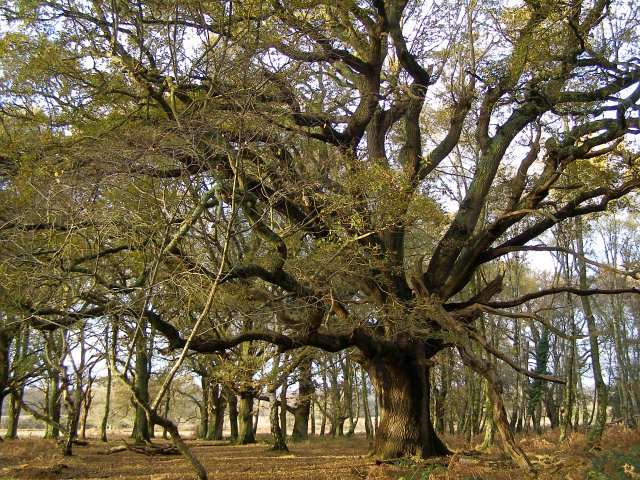
Hawthorn – Crataegus – Huath.
This wonderfully tough, slightly smaller tree is too often given the somewhat insulting name of a hedging plant. It is true that this species, particularly the form Crataegus monogyna does well in a hedge but this doesn’t allow for the fact this tree is beautiful. It is, in ecological terms, a pioneer species. It grows well in many situations and is tough enough to grow in areas that have little support or shelter. It often grows in clumps, creating a thick scrub layer, ideal for many animal species to live in away from predation, but also larger tree species, to protect from grazing herbivores.
In Celtic traditions, the tree is considered to supply power and was given to those who were suffering from unspecified weakness. The bright and cheerful berries, although sour on first taste, become much sweeter with the cold weather, like its cousin the medlar tree. The berries were then given to the sick as they were considered good for the heart. Research has now developed medicines from the hawthorn tree that are used for several different forms of high blood pressure and issues related to the circulatory system. The leaves of the hawthorn tree contain a growth regulator that is specifically aimed at butterflies to promote strong and healthy caterpillars. Healthy caterpillars are far more likely to evolve into healthy butterflies which will then pollinate the hawthorn flowers, increasing the chance of reproduction of the tree.

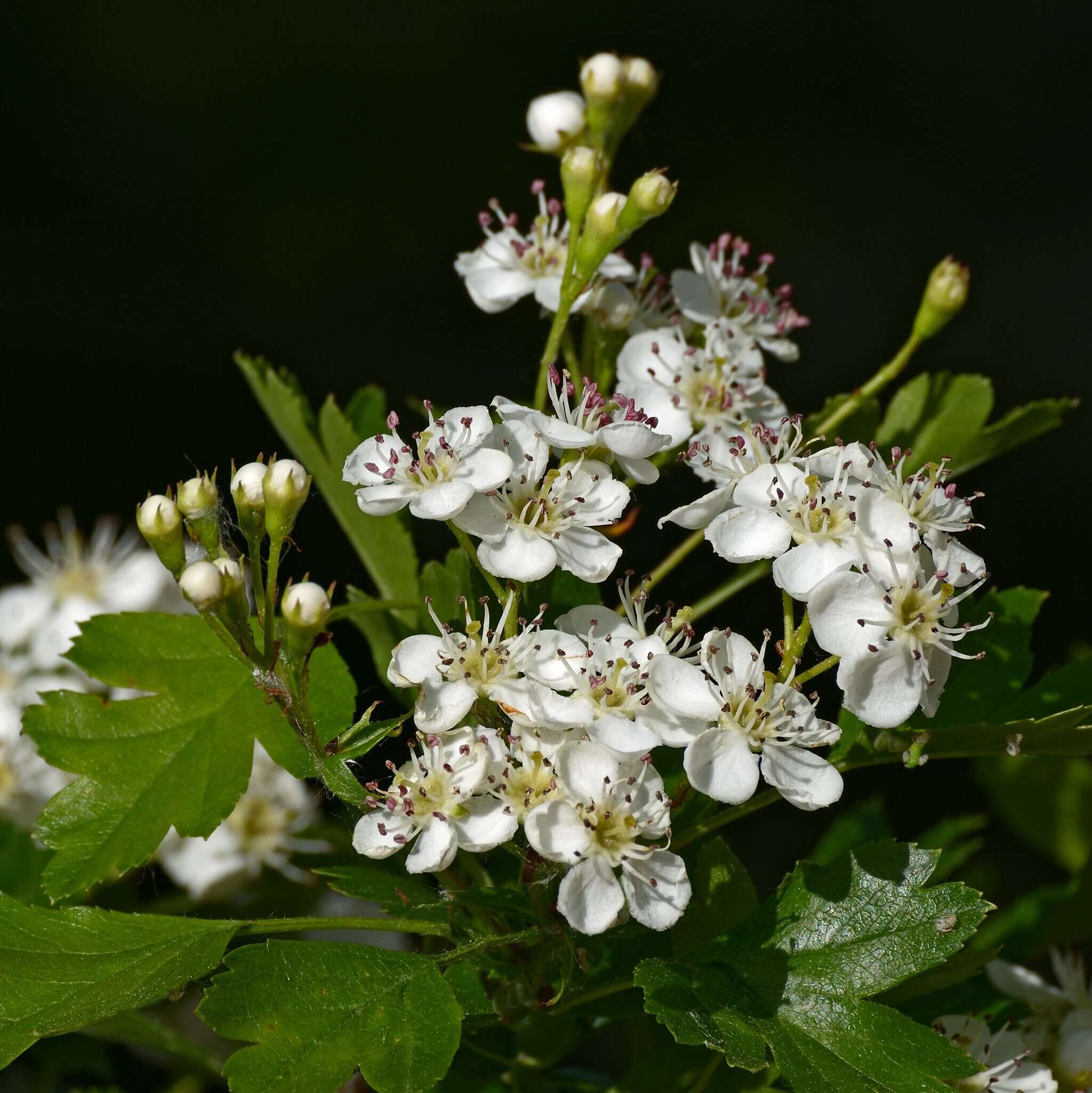
Yew – Taxus baccata – Iứr
Although almost every part of this tree is considered poisonous, it has been used extensively in both the medical and dairy fields. In medicine, the yew tree produces taxol chemicals which are still widely used in medicine as a cancer drug. I found myself watching a TED talk with a lady called Janet Law who suffered from breast cancer and was cured almost miraculously using taxols from the yew tree. The careful treatment here is important, as an overdose would almost certainly have killed her: “A little is a cure, a lot is deadly”. The use of yew wood in dairy is interesting. The wood, being so strong, is rendered waterproof after the addition of milk, so many ancient tools used for butter and cheese work were made from yew, seemingly with no adverse effects.
In many cultures including Celtic, the tree is considered the tree of bereavement, the wood used in coffin making and the boughs in funeral wreaths. The strength of the wood, particularly under tension, makes yew the ideal wood for archers’ bows. The tree is often seen growing alone. This may well be due to the avoidance from herbivores who seem to understand the tree is poisonous and allow the canopy to grow wide. The dense canopy is ideal for shelter for all animals, but barren for plant species as no light can get through. The dense canopy may have made this a good tree for church yards as the congregation could stand under them in the rain if the church was still under construction or the roof leaked. I have been told that the tree would ward off evil spirits, but I have yet to find evidence that any group of people believed this.
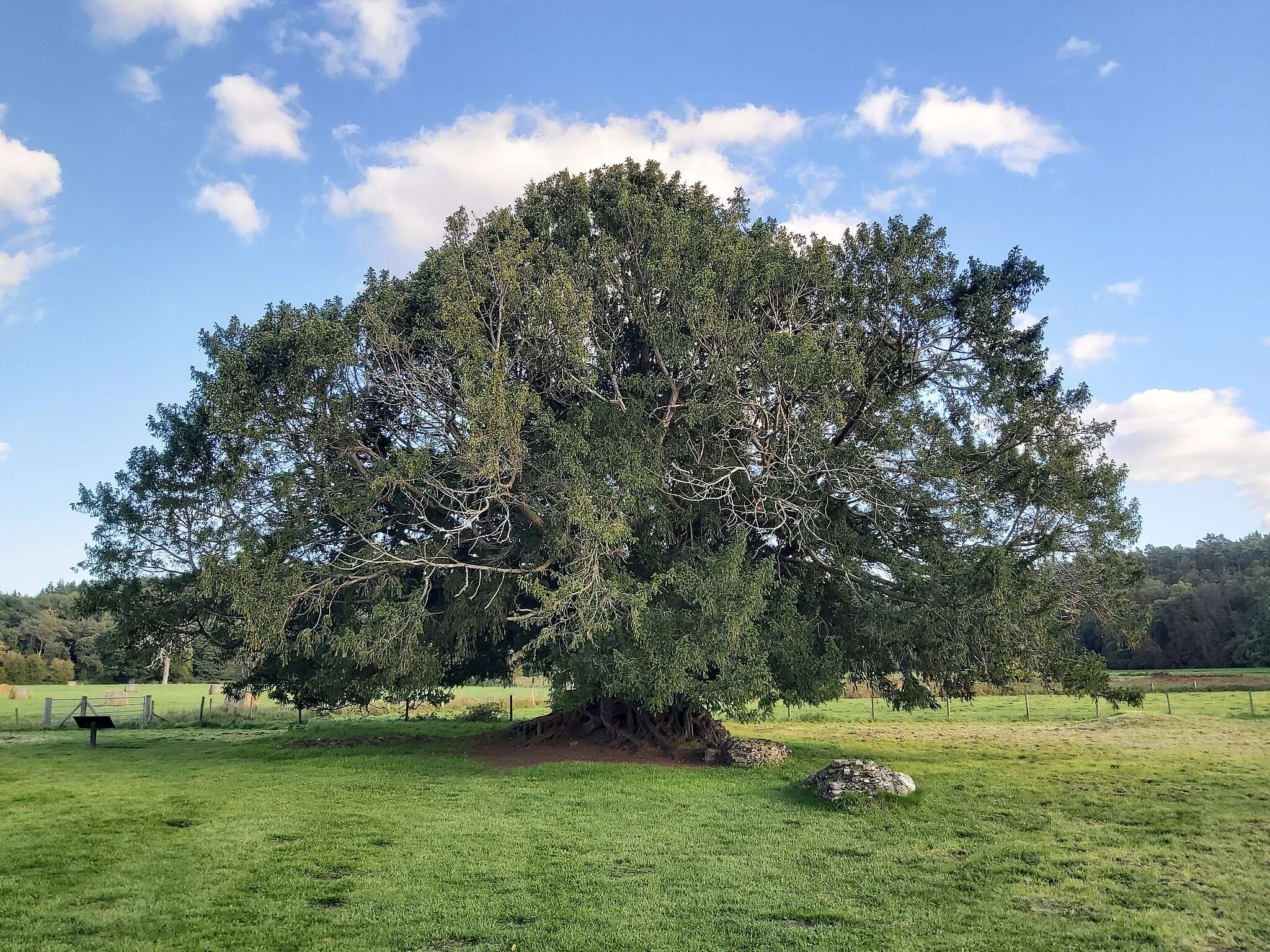
Apple – Malus – Ứll
It is clear though that the apple tree has huge mythological significance, from the tree in the Garden of Eden to the golden apples in the Garden of the Hesperides and many in between. It cannot be challenged that this tree has provoked many stories and much superstition.
The fruits have been eaten by all animals for as long as the tree has evolved, with plenty of health benefits. The skin will promote efficiency within the human gut microbiome, with gut health being at the forefront of modern health advice. The druids used the apple tree differently: the flowers are a significant food plant of the honeybee, even releasing a chemical to attract the insects from their hive to the tree to collect the nectar, making honey. The benefit for the tree again is related to pollination. The honey is then used by the hive as food but has long been collected by people. The uses for honey are wide, but bitter medicines and the antiseptic properties of honeycomb were prized by the druids.
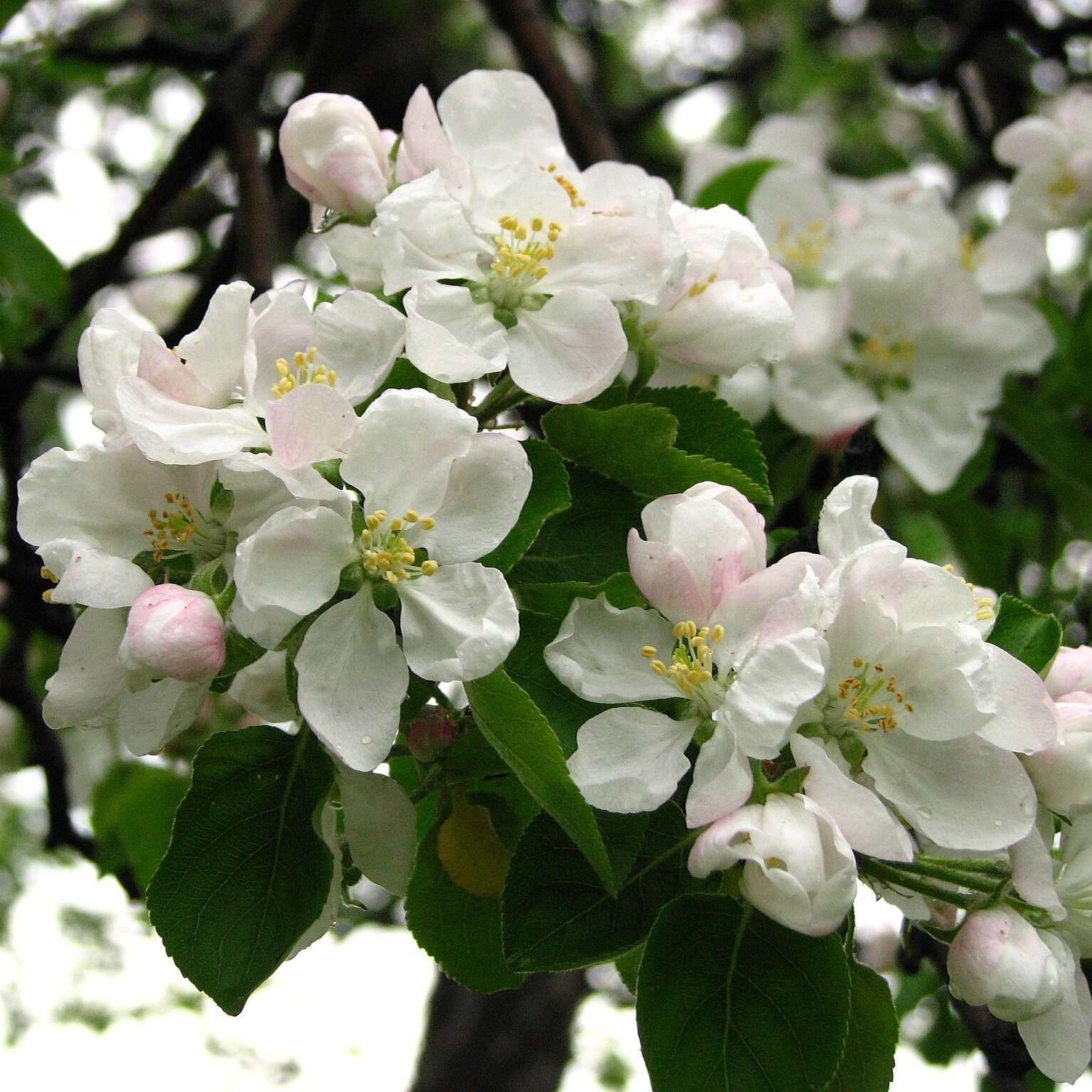
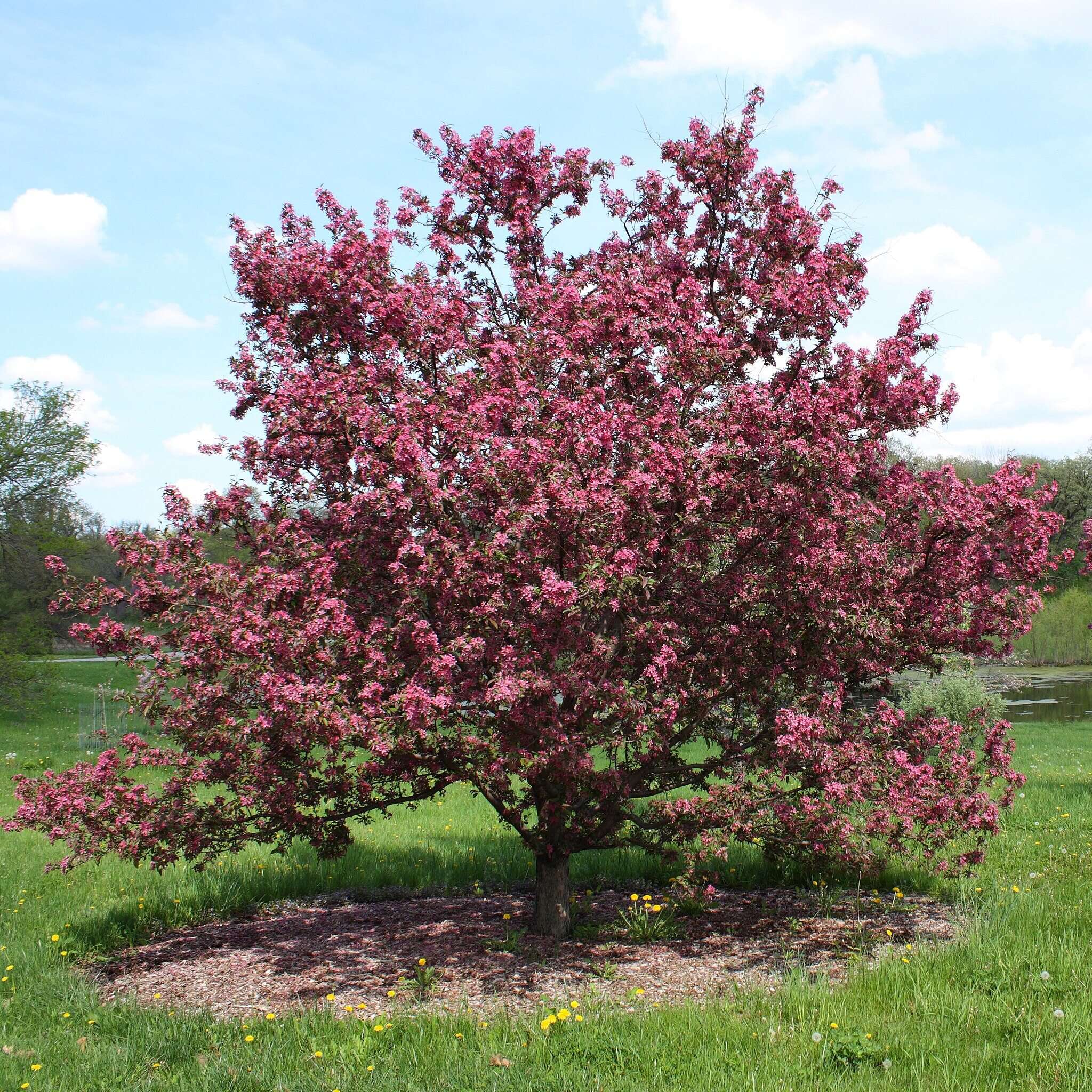
It has been mentioned that druids would learn from observation and that what they could not explain would be considered magic. I love this as a theory and as a keen Harry Potter fan, I love the idea that something may be magic, rather than just something we haven’t worked out yet. This is worth addressing however, as there are still so many ideas in relation to plants and trees that we just don’t know and although I would like to consider these might be magic, there is probably just an explanation that we haven’t discovered. There is ample opportunity for research funding in years to come…
I hope this has been a useful introduction to the history, mythology and uses related to a few tree species. I feel that learning about the trees in your garden gives them a whole new layer of significance and offer more reasons to continue planting.
With an extensive range of trees here at Nicholsons, contact our brilliant plants team at plants@nicholsonsgb.com, who would be more than happy to advise.

